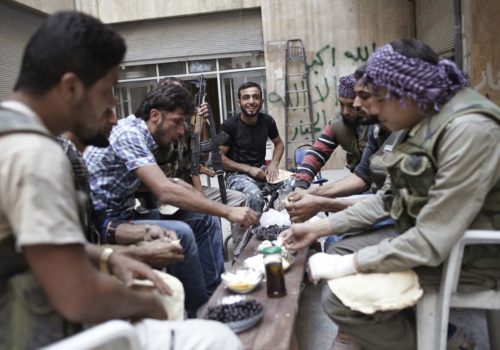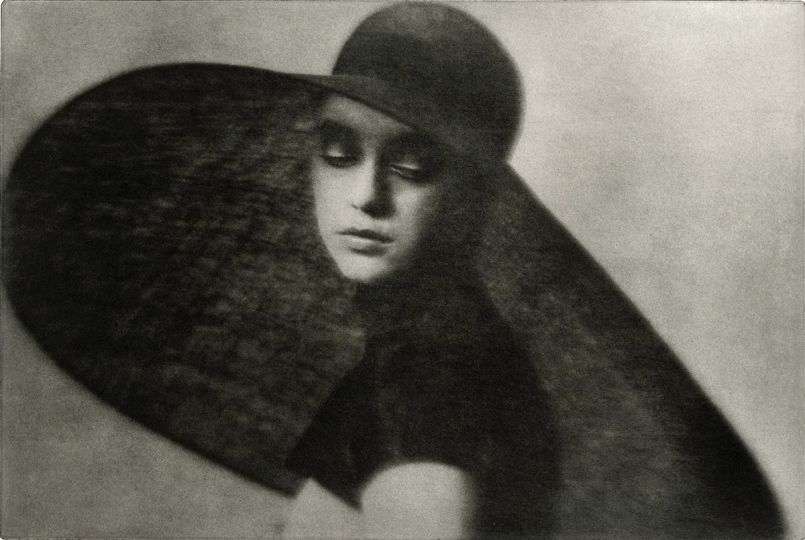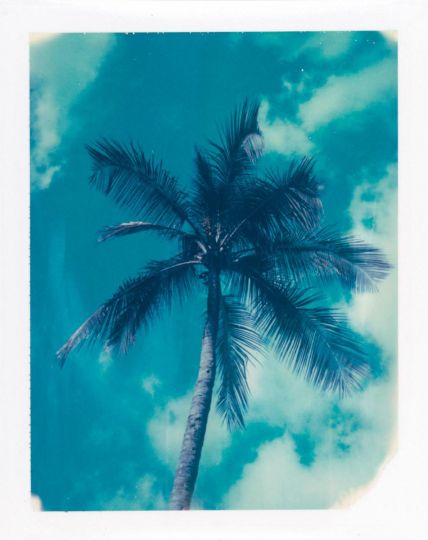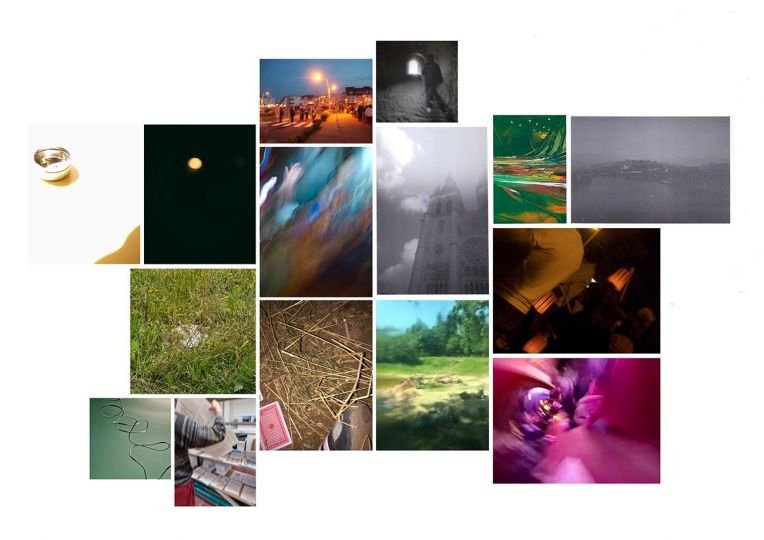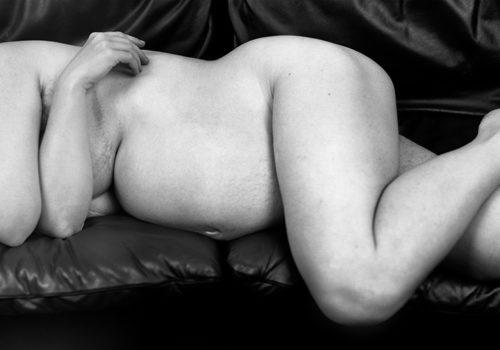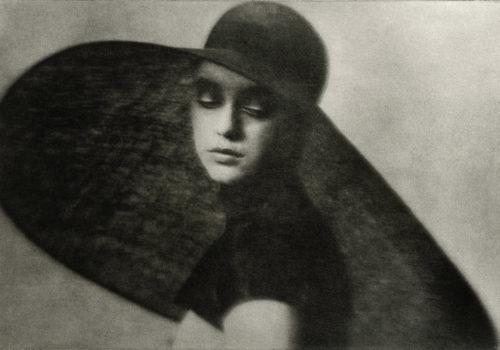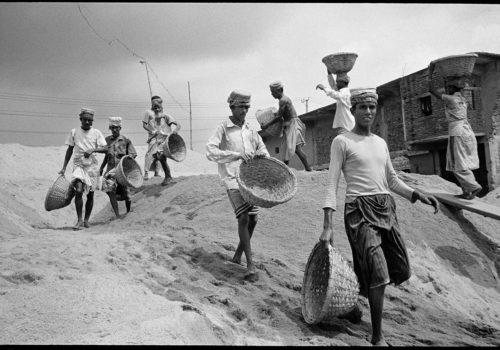I entered Syria from Turkey on September 22 with the purpose of heading directly to Aleppo, where fighting raged on for the key financial centre.
The plan was to cover a Free Syrian Army-controlled area in the besieged city, and the battle along its front lines. As I drove from the border through the countryside, the signs of conflict became more obvious.
Two Syrian army defectors, now rebel activists, were my contacts. I would live with and be guided by them for the next two weeks.
As I entered the city, the noise of the shelling and aerial strikes brushed past my ears, and smoke from rooftops engulfed the skyline. I was surprised to find that daily life kept on going between the heavy crashes of nearby mortar fire.
The Syrians who decided to remain in the city have chosen a life of fear and grief as their families, friends and neighbours are killed and wounded in President Bashar al-Assad’s military campaign to regain control of Aleppo.
“What do you want us to do? Leave our homes and run to Turkey? I would rather live in my home than live in poor conditions as a refugee,” says Ahmed, a 30-year-old shop owner in the neighbourhood of Sai Al Dowle, as I walked towards a FSA fighting position.
I went inside Dar Al Chifa, one of Aleppo’s last-standing hospitals. Its floors were covered with pools of blood.
The medical facility accepts an average of 20-30 wounded a day. There was a feeling of desperation and fear. Red-stained pieces of clothing, mangled limbs and trash were littered about. The moans of the wounded and crying children surrounded us. The sight of dead and wounded children is a grim reality of everyday life for those in Aleppo.
One of the doctors told me the Syrian government deliberately targets civilians. They want to scare the people of Aleppo into not supporting the Free Syrian Army.
Walking through the rubble of a city under siege, I slipped through a hole in a building. On the other side, a group of FSA soldiers were getting ready for battle.
A large-calibre mortar round crashed into the corner of the building. A young fighter approached me: “Welcome, welcome, don’t be afraid. We now will fight. We fight for our families and friends, we fight because we cannot do anything else but fight.”
The was the click of weapons being cocked , and the smell of burned gunpowder engulfed the room as we walked up a staircase.
In Tariq al-Bab neighbourhood, shops and stores were open for business, children played, and daily life pushed on amid the overhead buzz of attack helicopters and screech of fighter jets.
As the fight for Syria’s second-largest city continues between the Free Syrian Army and forces loyal to al-Assad, Syrians caught in the crossfire of revolution see no end in sight.
Sebastiano Tomada
Sebastiano Tomada Piccolomini was born in 1986 in New York City.
Having completed the classic Maturita’ in Italy, he attended Parsons and the New School in NYC, graduating with a double major in Media Studies and Photography in 2009.
While working on commercial and editorial shoots in both Europe and the US, assisting several famous fashion photographers, Sebastiano developed a unique style of his own, focusing strongly on documentary and portrait photography.
Travelling extensively for todays most recognised news pubblications such as the Atlantic, Paris Match, LIFE, Vogue, Le Point, The WSJ and TIME, Sebastiano’s later work focuses on war-torn conflicts in some of the worlds most volatile regions, particularly the Middle East.
From his eye-gripping close-ups of direct combat, his photos have excelled in maturity, earning him a series of prestigious awards: The American Photography Award, NYPPH and the POY in photojournalism.
His work is inspired by David Hume’s provocative statement: “Reason is, and ought only to be, the slave of passions.”
He currently contributes for SIPA USA and is based between New York and Beirut
This article is reserved for subscribed members only. If you are already a member, you can log in here below.
Subscribe for full access to The Eye of Photography archives!
That’s thousands of images and articles, documenting the history of the medium of photography and its evolution during the last decade, through a unique daily journal. Explore how photography, as an art and as a social phenomenon, continue to define our experience of the world. Two offers are available.
Subscribe either monthly for 8 euros (€) or annually for 79 euros (€) (2 months offered).

